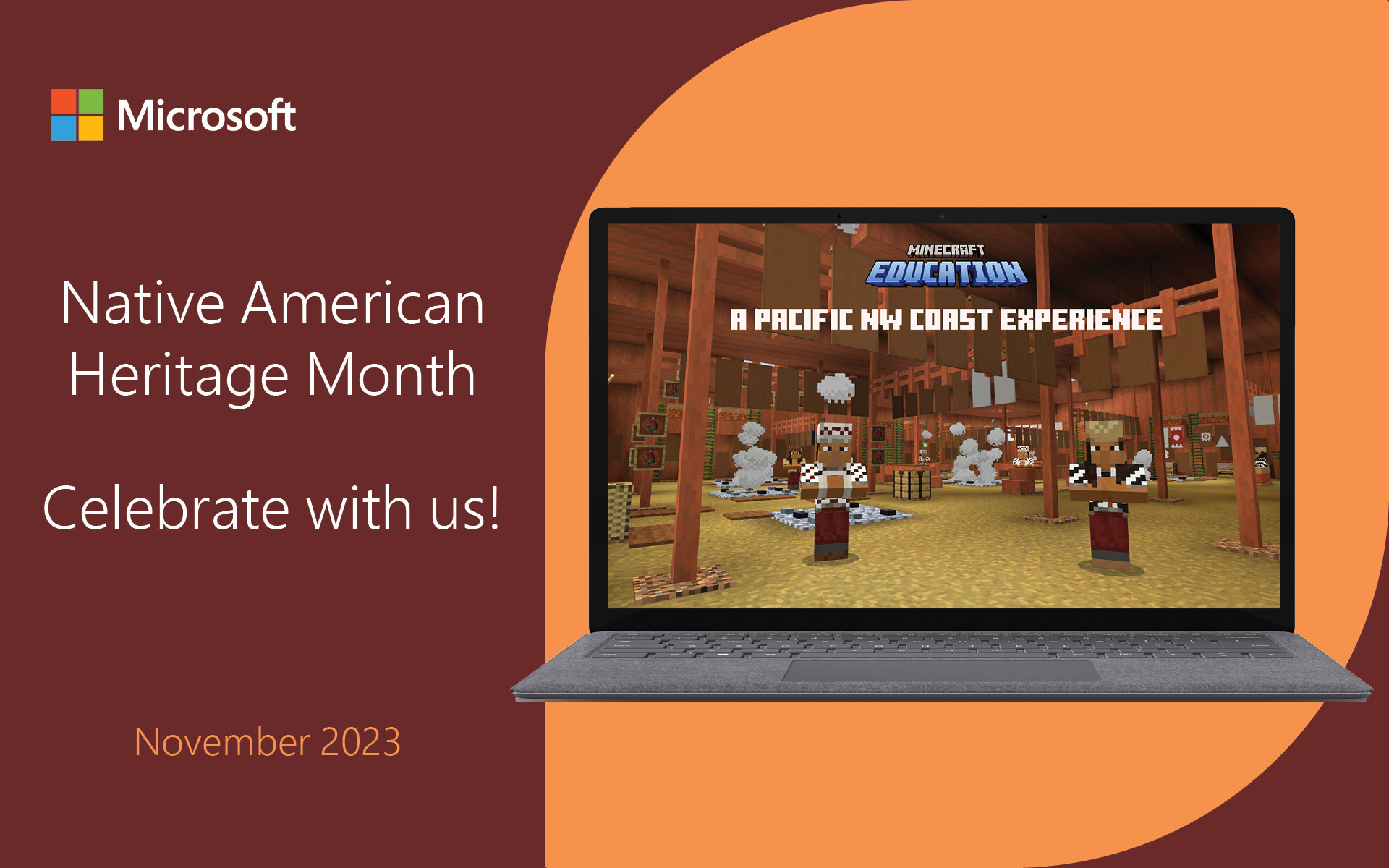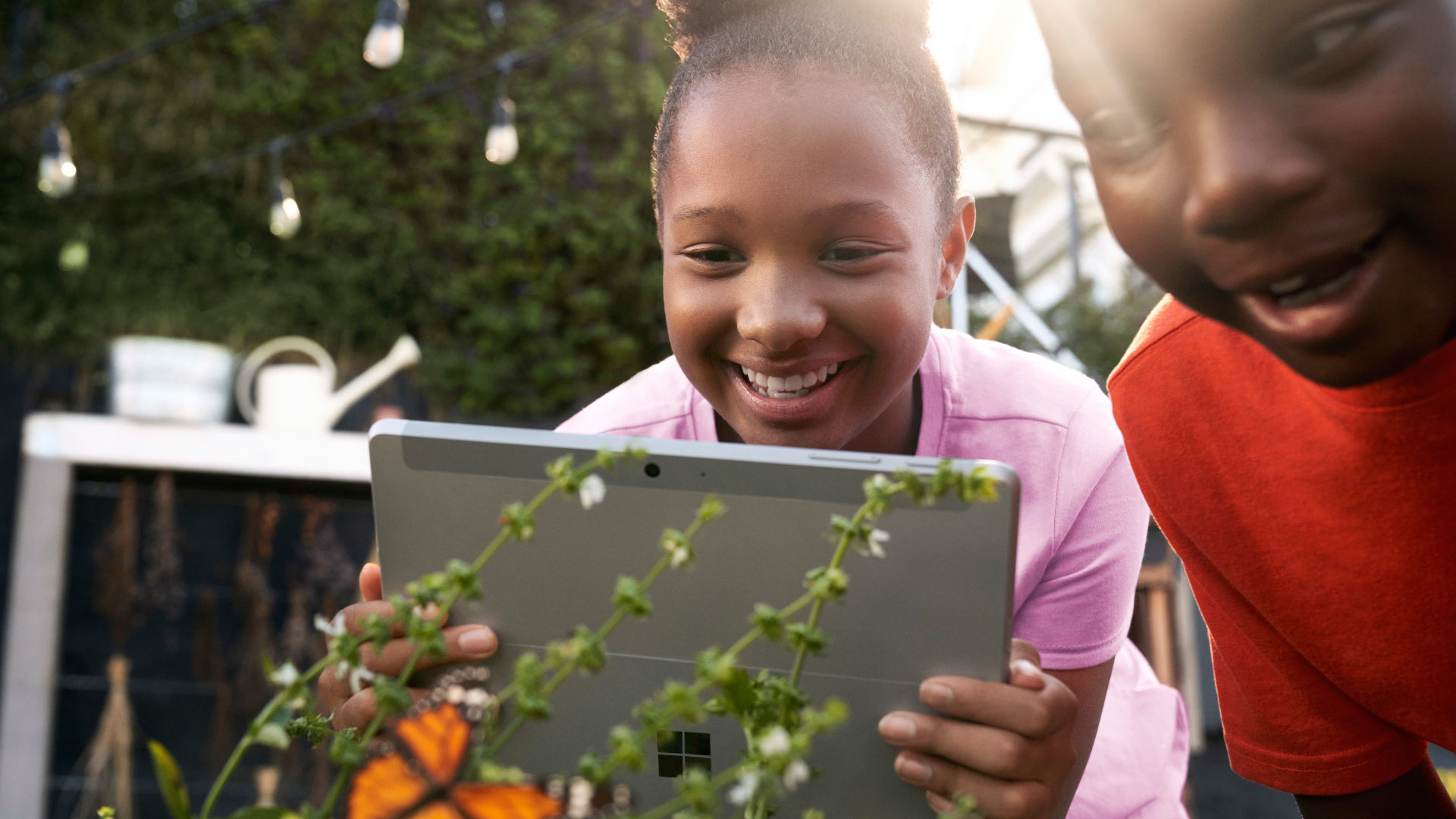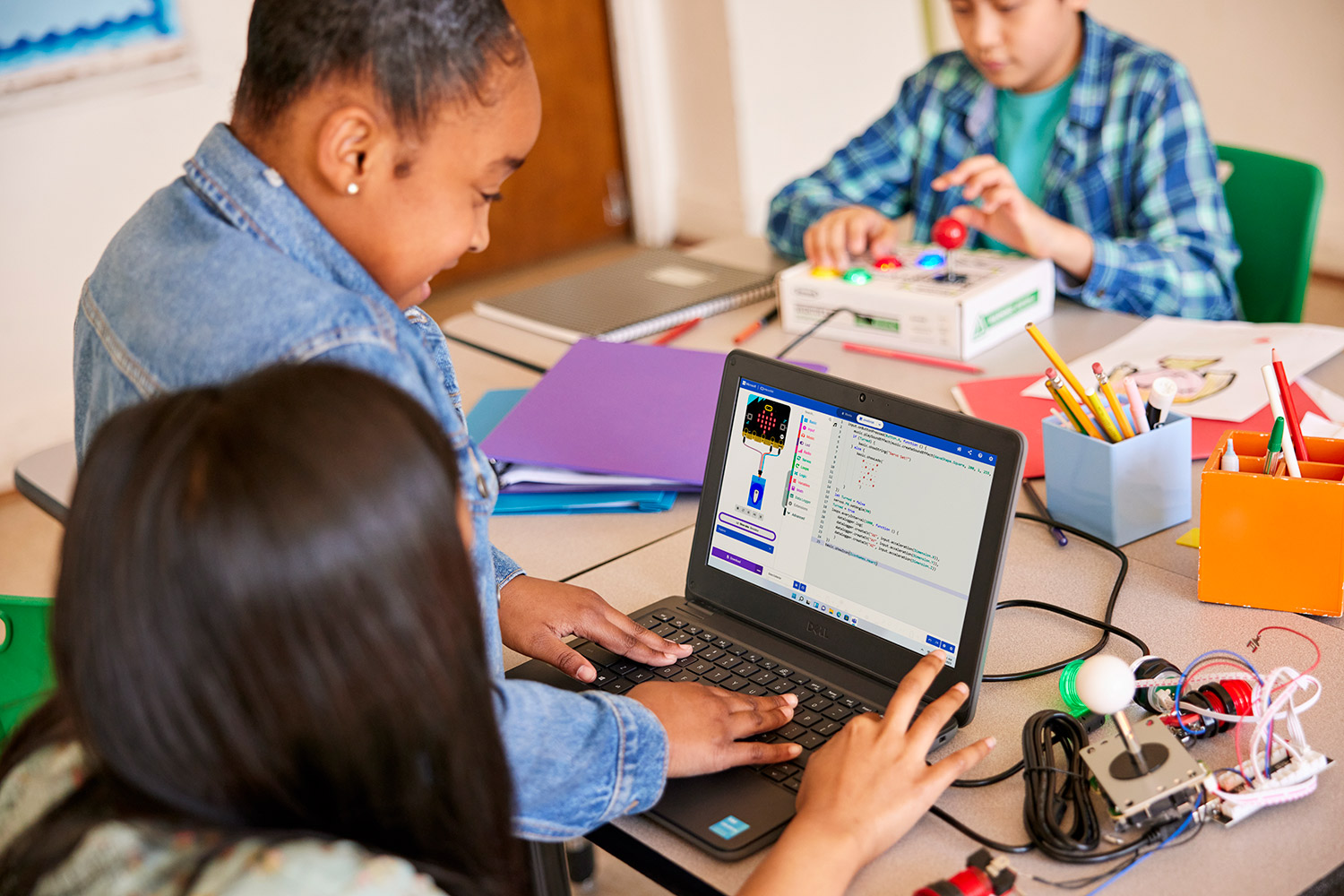November marks National Native American Heritage Month, a period in which we acknowledge and honor those who called the land now known as the United States home long before colonists arrived. According to the Bureau of Indian Affairs, there are currently 574 federally recognized nations with roughly 1% of students attending public U.S. schools identifying as American Indian or Alaskan Native (AI/AN). We must also be aware that some communities are not federally or state recognized or no longer exist today.
We at Microsoft strive to take concrete steps toward ensuring equitable education, inclusive careers, and representation through media that fosters diverse perspectives and supports tribal sovereignty. Throughout the year, we honor and value Indigenous communities as we recognize that the history and present-day experience of AI/AN people is marked by cultural perseverance, innovative adaptation, revitalization, and enduring resilience.
Understand and honor Indigenous cultures with Flip
Join Flip for a live conversation and resource share on November 15, 2023, at 3:00 PM PT to learn about the diverse cultures of Indigenous and Native peoples. Explore how to understand and honor Indigenous heritage, language, customs, and traditions in your classroom and beyond. In this session, you'll gain insights from the ideas and examples provided by fellow educators and Flip Discovery Partners. Additionally, you'll discover resources and activities to help you teach about and celebrate the history, achievements, and contributions of Indigenous and Native peoples. Learn more and register for this free Flip event.
Celebrate Indigenous cultures with Minecraft Education
Microsoft Canada has unveiled a new world for Minecraft Education, created in collaboration with the kʷikʷəƛ̓əm (Kwikwetlem) First Nation and the School District 43 (Coquitlam) Education team in British Columbia, Canada, to raise awareness about the unique perspectives and artistry of coastal peoples in the Pacific Northwest.
In this immersive, multidisciplinary experience, students (grades 2 through 12) travel back in time to help a coastal community prepare for winter using sustainable harvesting practices. Through participation in these practices, students will gain an understanding of Indigenous traditional ecological knowledge and the interconnectedness of all living and non-living things. Additionally, Students will learn about and perform harvest tasks and build their own self-sustaining village. Check out A Pacific Northwest Coast Experience and download the world to get started.
You’re also invited to join us for a special learning series to explore A Pacific Northwest Coast Experience. This free series includes a professional development workshop for educators and two co-taught lessons for students, starting on October 30th at 3:15 PM PT. Learn more about the free learning series and register today.
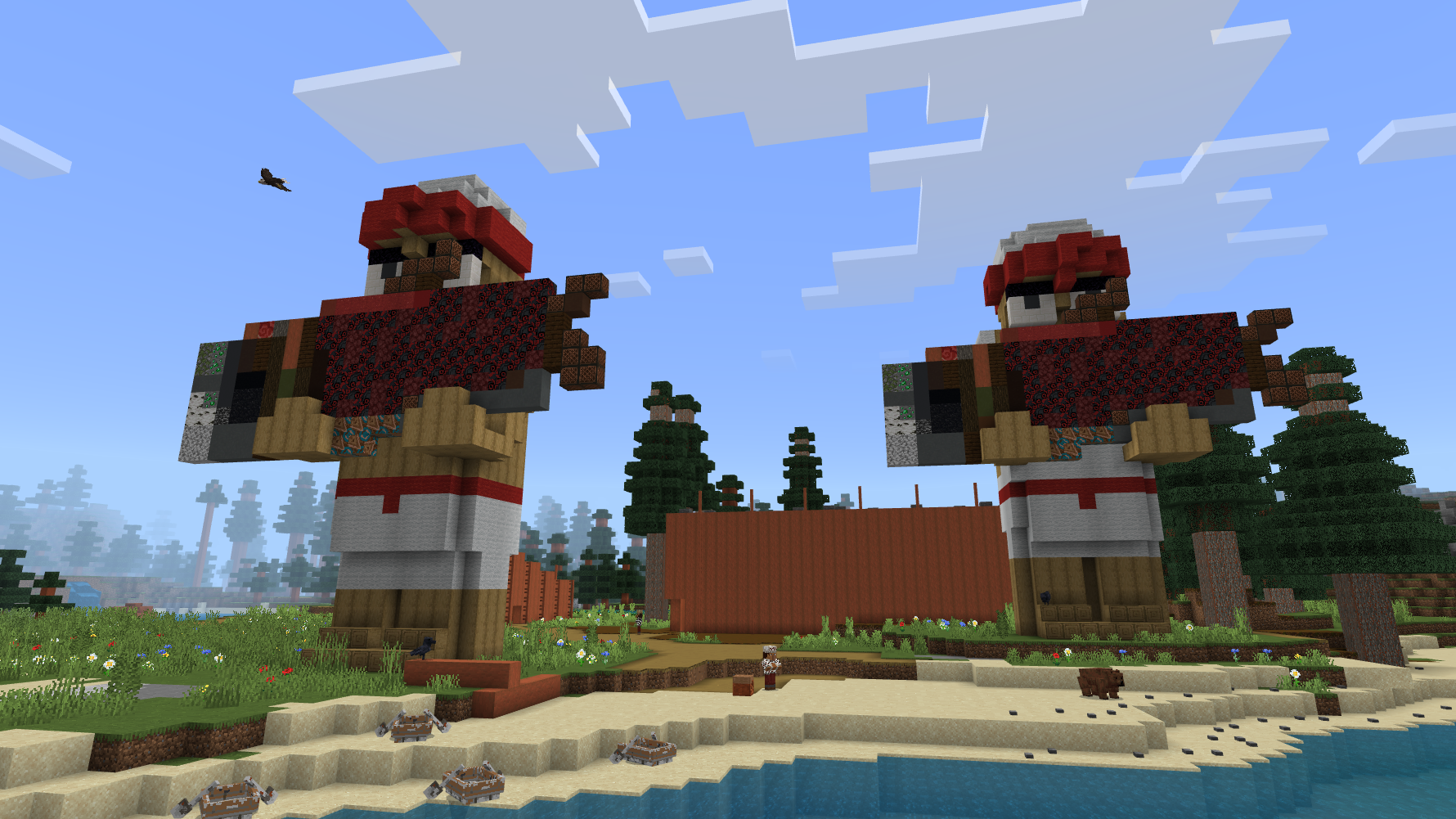
Learn from elders and knowledge keepers, perform harvest tasks, and build a self-sustaining village with A Pacific Northwest Coast Experience in Minecraft Education.
Explore more Minecraft Education worlds that honor the experiences of Indigenous cultures while building academic skills:
- Extend student writing and critical thinking skills through Anishinaabe culture, community, and teachings (grades 3 through 6) with Manito Ahbee Aki | Minecraft Education.
- Engage students in history and art while they develop their literacy skills as they research and illustrate a story told by a Native person (all ages) with Indigenous Stories | Minecraft Education.
- Build students’ historical and environmental knowledge while learning about the indigenous language, culture, and people of Aotearoa (New Zealand) (all ages) with NGĀ MOTU - THE ISLANDS | Minecraft Education.
Combat misinformation and foster AI/AN-inclusive learning in your classroom
Over time, an overgeneralization of Indigenous people and nations has failed to recognize the diversity of native cultures found across the globe. Likewise, instruction about Native Americans is often taught through a lens from the past, rather than recognizing the active and diverse tribal nations that exist today. To support you throughout the year, we have cultivated a collection of resources to pair with your favorite Microsoft solutions.
Explore these guiding principles, instructional strategies, and resources to help you enrich your teaching and correct inaccurate learning about Indigenous peoples.
- Understand the impact of words to ensure that accurate terminology is used to prevent stereotypes or cultural misunderstandings. Immerse yourself in these essential understandings from the Smithsonian’s National Museum of the American Indian then share them with students to provide some additional background knowledge before diving deeper. Download the “Framework for Essential Understandings about American Indians” PDF and create a Reading Progress assignment in Microsoft Teams for Education so students can hear the text read aloud using Immersive Reader and answer built-in teacher-created or AI-generated comprehension questions.
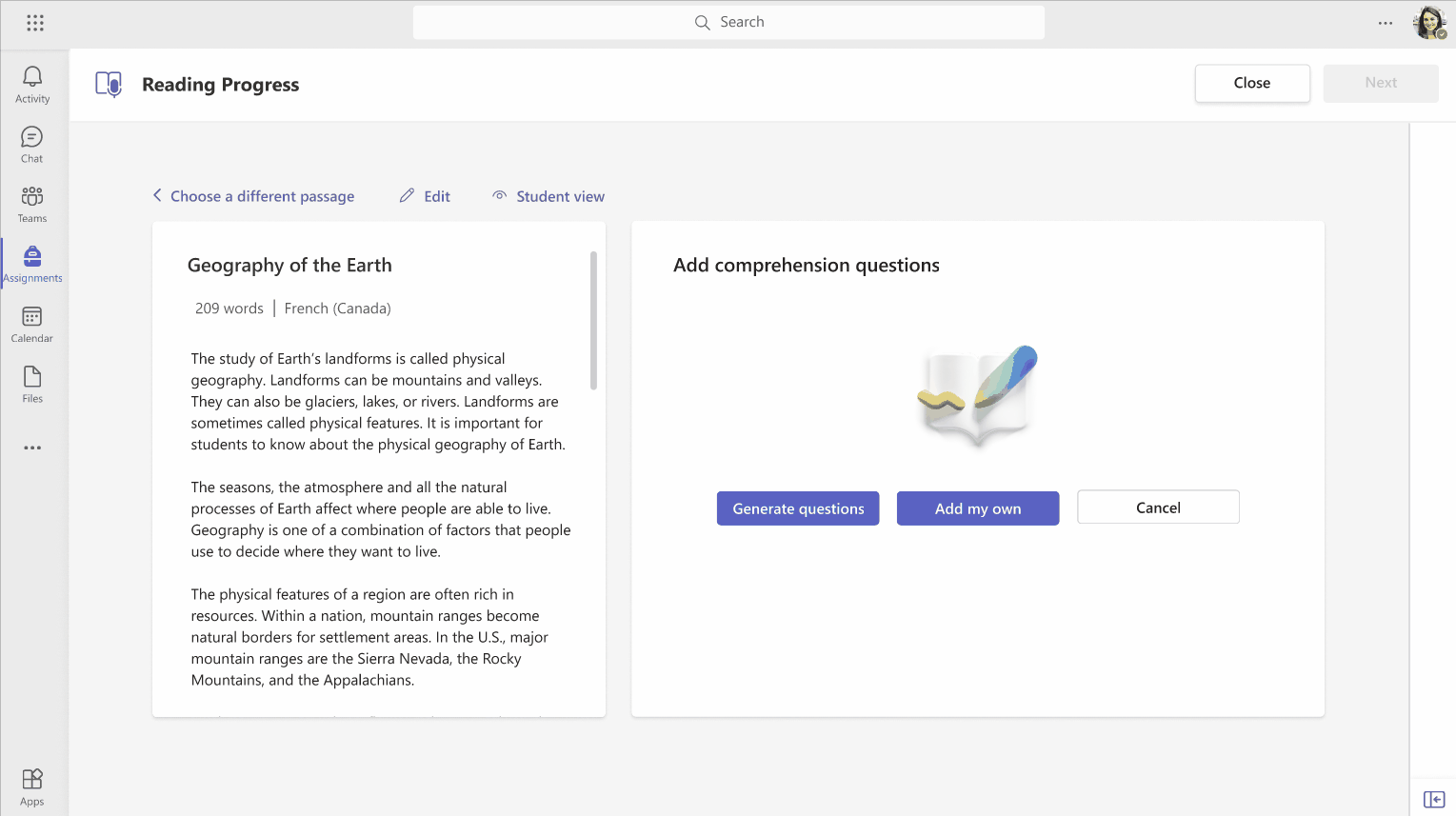
Generate reading comprehension questions in Reading Progress in Microsoft Teams for Education. - Move beyond school or classroom land acknowledgements by creating an action plan that establishes concrete steps for supporting Indigenous communities in the future. Begin by providing place-based education to help students understand the past and present of the land on which they live. Continue adding to a page in the Collaboration Space in OneNote Class Notebook in Teams for Education as students engage in further collaborative reflection.
- Utilize resources, oral histories, and narratives that are developed by or in collaboration with Indigenous people and/or nations that provide diverse perspectives. Consider recording yourself reading books published by Native authors with Microsoft Stream and create a playlist for students to choose from. Alternatively, locate videos of the authors reading their books and embed the links into Teams for Education to ensure students only access the content you vetted.
- Incorporate diverse viewpoints and alternative narratives that honor non-colonist perspectives. Start by exploring resources on treaties, sovereignty, and Tribal governments from the Smithsonian’s National Museum of the American Indian or use their Guide to Disciplinary Connections and Classroom Applications, which offers practical ways to apply alternate narratives across different subject areas. Many of these lessons include downloadable materials and/or discussion questions. Ask students to reflect on the materials and share their thoughts collaboratively in class or in Teams for Education using Conversations or Channels. Or use an Assignment in Microsoft Teams for Education so that students can edit and respond to materials independently.
- Avoid comparing Native American tribes to one another or to Western, mainstream culture. Rather, foster opportunities for students to make personal and community connections. Try assigning a research project on the contributions of Indigenous peoples and nations of today using Search Progress. Ask students to choose a person to learn more about, like one of these twelve women, and reflect on their connections.
Celebrate Indigenous histories and empower Indigenous voices during Native American Heritage Month and year-round. Join us in taking action to integrate diverse perspectives, correct inaccuracies, and foster inclusivity, honoring the rich history of Indigenous communities.

